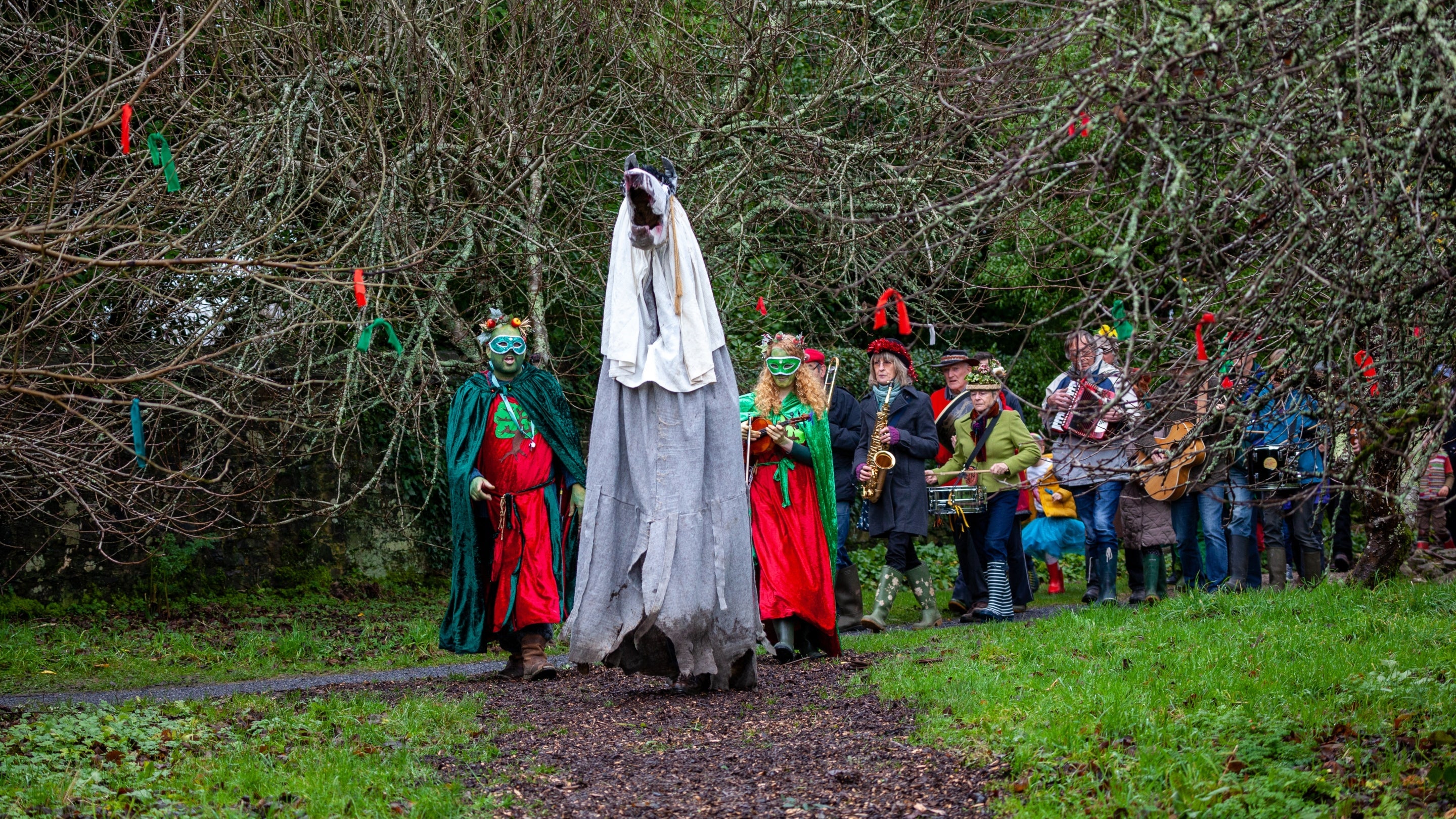January

January, beautiful January. A new start, a new beginning, and an opportunity to right the wrongs, clear the slate, and plan for the coming year. After the overload of festivities and excessive indulgences of the previous month a quiet though not totally empty diary is a weight off our shoulders.
January, named after the Roman Janus, god of new beginnings, is a month of both optimism and reticence. Optimism with the sight of flowering shrubs such as Wintersweet, Daphne, and Viburnum. Reticence because another epithet for the month is ‘Fool’s Spring’ - a gardening caveat - don’t let those green shoots, the inquisitive noses of bulbs, and occasional birdsong fool you - January can be long, cold, and wet, and there’s February yet to endure with March eventually turning the seasonal corner.
In the countryside January is the month of wassailing. Orchards are traditionally visited by a wassail King and Queen where on Twelfth Night processions are made from orchard to orchard, songs are sung, and cider soaked toast is placed as a gift in the branches of the trees. Performed for four centuries or more and accompanied by much drinking the ceremony assures the success of the coming years fruit harvest.
Meteorologists tell us that on average January is the coldest month of the year. Accompanied by rain and snow it can be an uncomfortable month for the keen gardener, but as fellwalker and author Alfred Wainright said: ‘There’s no such thing as bad weather, only unsuitable clothing’. How right he was.
Clever planning however can laugh in the face of bad weather; we can combat the cold by turning those compost heaps, spread a mulch on the borders, and carry out remedial work on large overgrown trees and shrubs; all energetic work to guarantee that those extra layers of clothing will soon be removed one by one. Percy Thrower, Edwin Lutyens, Russel Page, and Chris Beardshaw are all gardeners born in January.











